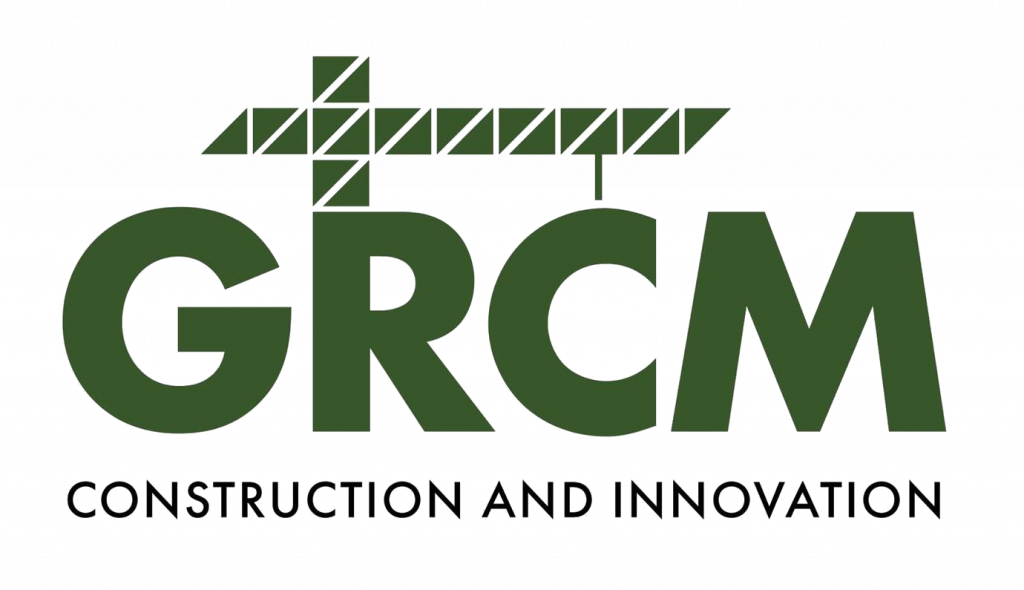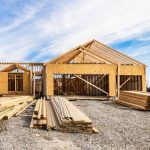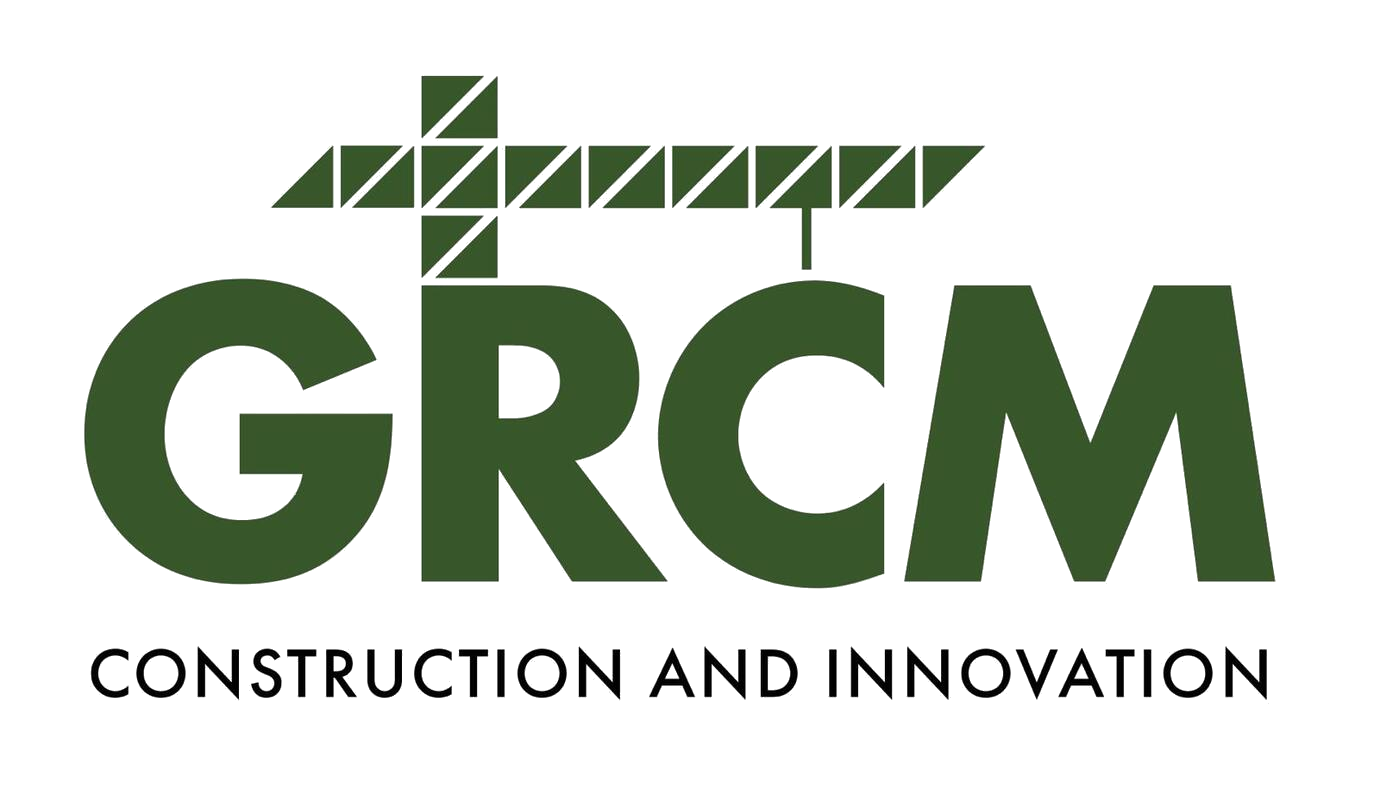Navigating Construction Costs and Material Prices in Canada
The Canadian construction industry is a cornerstone of the economy, fueling infrastructure, housing, and commercial projects nationwide. However, one of the most pressing challenges for builders, contractors, and homeowners alike is the fluctuating cost of construction materials and the regional variations that can make or break a project’s budget. From the rising prices of concrete and steel to the unpredictable swings in lumber costs, understanding these dynamics is critical for anyone involved in construction. In this post, we’ll dive into why construction costs are so volatile, explore key materials driving these trends, and highlight why places like Toronto face uniquely high expenses.
Why Are Construction Costs So Unpredictable?
Construction costs in Canada have been on a rollercoaster, driven by a mix of global and local factors. Supply chain disruptions, labor shortages, and geopolitical events have ripple effects on material availability and pricing. For instance, the lingering impacts of the COVID-19 pandemic exposed vulnerabilities in global supply chains, causing delays and price spikes for materials like steel and lumber. Add to that the energy costs tied to producing concrete and steel, which fluctuate with oil and gas prices, and you’ve got a recipe for uncertainty.
Key Materials Driving Costs
Let’s break down the three major materials—concrete, steel, and lumber—that dominate construction budgets and search trends in Canada.
- Concrete: The Foundation of Cost Concerns
Concrete is the backbone of most construction projects, from foundations to high-rise towers. Its price is tied to cement, aggregates, and energy costs for production and transportation. In 2024, cement prices rose by approximately 8% due to higher fuel costs and environmental regulations pushing for greener production methods. Ontario, a hub for construction, saw concrete costs climb faster than the national average, partly because of transportation expenses from quarries to urban sites like Toronto. The push for sustainable concrete, such as low-carbon mixes, adds another layer of complexity. While eco-friendly options align with Canada’s Green Building Strategy, they often come with a premium, prompting contractors to search for cost-effective suppliers or alternative materials.
- Steel: A Global Market Mover
Steel prices are notoriously volatile, influenced by global demand, trade policies, and raw material costs. In 2024, steel prices in Canada fluctuated between $1,200 and $1,500 per metric ton, a slight decline from 2022 peaks but still high compared to pre-pandemic levels. China’s role as a major steel producer means its economic policies—like export restrictions—directly impact Canadian markets. Tariffs and anti-dumping duties further complicate pricing. In Toronto, steel-intensive projects like commercial skyscrapers or transit infrastructure feel the pinch most acutely. Contractors often search for ways to hedge against price swings, such as locking in futures contracts or sourcing recycled steel, which is gaining traction as a cost-saving and sustainable option.
- Lumber: The Wild Card
Lumber prices have been a headline-grabber in recent years. After skyrocketing during the pandemic due to mill closures and housing booms, prices stabilized somewhat in 2024, with softwood lumber averaging $500–$600 per thousand board feet. However, regional variations persist—British Columbia, a lumber powerhouse, benefits from local supply, while Ontario and Atlantic Canada face higher costs due to transportation. The U.S.-Canada softwood lumber dispute continues to influence prices, with tariffs adding 10–15% to costs for Canadian builders reliant on cross-border trade. Homebuilders and renovators frequently search for lumber price forecasts or alternatives like engineered wood to manage budgets.
Toronto’s High-Cost Conundrum
Why does Toronto stand out as a hotbed for high construction costs? Several factors converge:
Land Prices: Toronto’s real estate market is among the priciest in Canada, with developable land in the Greater Toronto Area often costing millions per acre. This drives up overall project budgets before a single brick is laid.
Regulatory Hurdles: Stringent zoning laws, environmental assessments, and permitting processes add time and expense. The city’s push for high-density, transit-oriented development further complicates project planning
Labor Costs: With 299,589 housing starts reported in September 2024, demand for skilled trades in Toronto is intense, pushing wages higher. Carpenters and electricians in the city earn 10–20% more than their counterparts in smaller markets.
Material Logistics: Toronto’s urban density means limited storage and complex delivery logistics, increasing transportation costs for bulky materials like concrete and steel.
These factors make Toronto a focal point for cost-related searches, as developers and homeowners alike seek ways to navigate the city’s expensive construction landscape.
Strategies to Manage Rising Costs
For contractors and homeowners, staying ahead of cost fluctuations requires savvy planning:
– Shop Around for Suppliers: Compare prices from multiple vendors and consider regional suppliers to cut transportation costs. Online platforms and industry networks can help identify deals.
– Embrace Technology: Project management software and modular construction techniques can reduce waste and labor expenses. Tools like Building Information Modeling (BIM) optimize material use.
– Lock in Prices Early: Where possible, secure fixed-price contracts for materials to hedge against future spikes.
– Explore Alternatives: Recycled steel, engineered wood, or low-carbon concrete can offer cost savings and align with sustainability goals.
– Stay Informed: Follow industry reports from BuildForce Canada or Statistics Canada to anticipate price trends and plan budgets accordingly.
Looking Ahead
The volatility of construction costs and material prices isn’t going away anytime soon. With Canada’s ambitious infrastructure goals, housing targets, and green building mandates, demand for concrete, steel, and lumber will remain high. Regional hubs like Toronto will continue to face unique challenges, driving searches for cost-saving strategies and market insights.
By understanding the forces behind these costs—global markets, local regulations, and supply chain dynamics—builders can make informed decisions to keep projects on track. Whether you’re a contractor pricing out a high-rise or a homeowner planning a renovation, staying proactive and resourceful is the key to navigating Canada’s construction cost landscape.
GRCM is a trusted leader in construction, delivering innovative solutions for every project. With over 10 years of expertise, we specialize in general construction, commercial fit-outs, and consultancy.
Contact
- (647) 572-3913
- info@grcmcorp.com
2025 GRCM Corp. Website design by MJSoft




